Histrio Femina
A Histrio femina was a female actor or performer in ancient Rome. Often appearing in theatrical plays, mime, or dance, she entertained public audiences, though the profession was not highly respected.

A Histrio femina was a female actor or performer in ancient Rome. Often appearing in theatrical plays, mime, or dance, she entertained public audiences, though the profession was not highly respected.
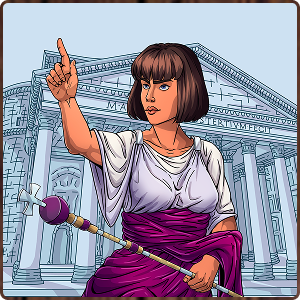
A Hoplomachus was a Roman gladiator inspired by Greek hoplites. He wore a helmet, carried a small round shield, spear, and short sword, and fought with a style resembling Greek warfare.
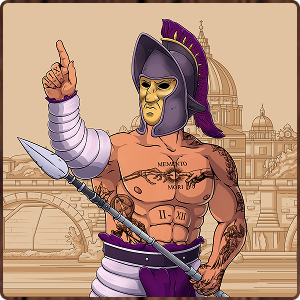
A Legionary was a professional soldier of the Roman army, part of a legion. He was well-trained, heavily armed, and played a crucial role in Rome’s military dominance.

A Matrona was a respectable married woman in ancient Rome, often from a patrician or wealthy plebeian family. She was expected to manage the household and uphold family honor.
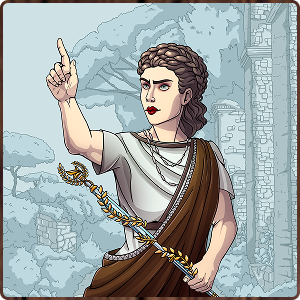
A Murmillo was a type of heavily armed Roman gladiator, recognizable by his large helmet with a crest, shield, and short sword. He often fought against lighter gladiators like the Thraex.

A freedman in ancient Rome was a former slave who had been granted freedom. Though not equal to full citizens, freedmen could work, marry, own property, and sometimes gain wealth and social influence.
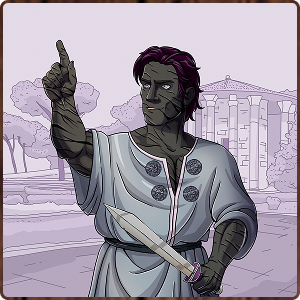
An Optio was a junior officer in the Roman army, serving as second-in-command to a centurion. Responsible for discipline, training, and maintaining order in the ranks, the optio played a key role in daily military operations.

Patrician families were the aristocratic class of ancient Rome, claiming noble ancestry and holding political, religious, and social power. They dominated the Senate and held key roles in shaping early Roman society and governance.
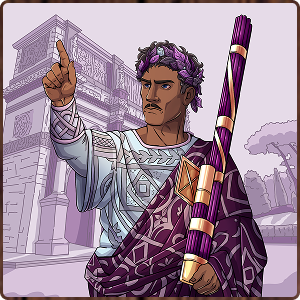
A Patrician woman in ancient Rome belonged to the elite social class. She lived a privileged life, often managing the household and influencing family affairs, though with limited political rights. Her status was tied to wealth, lineage, and the power of her male relatives.
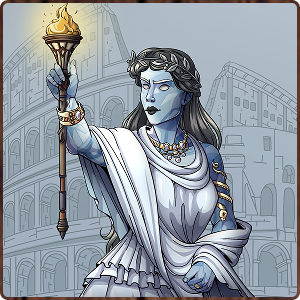
The Pontifex Maximus was the chief priest of ancient Rome, overseeing religious rites, the calendar, and the priesthood. Later adopted by emperors and popes, the title became a symbol of supreme religious authority.
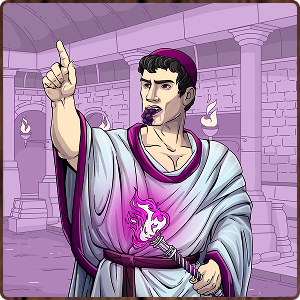
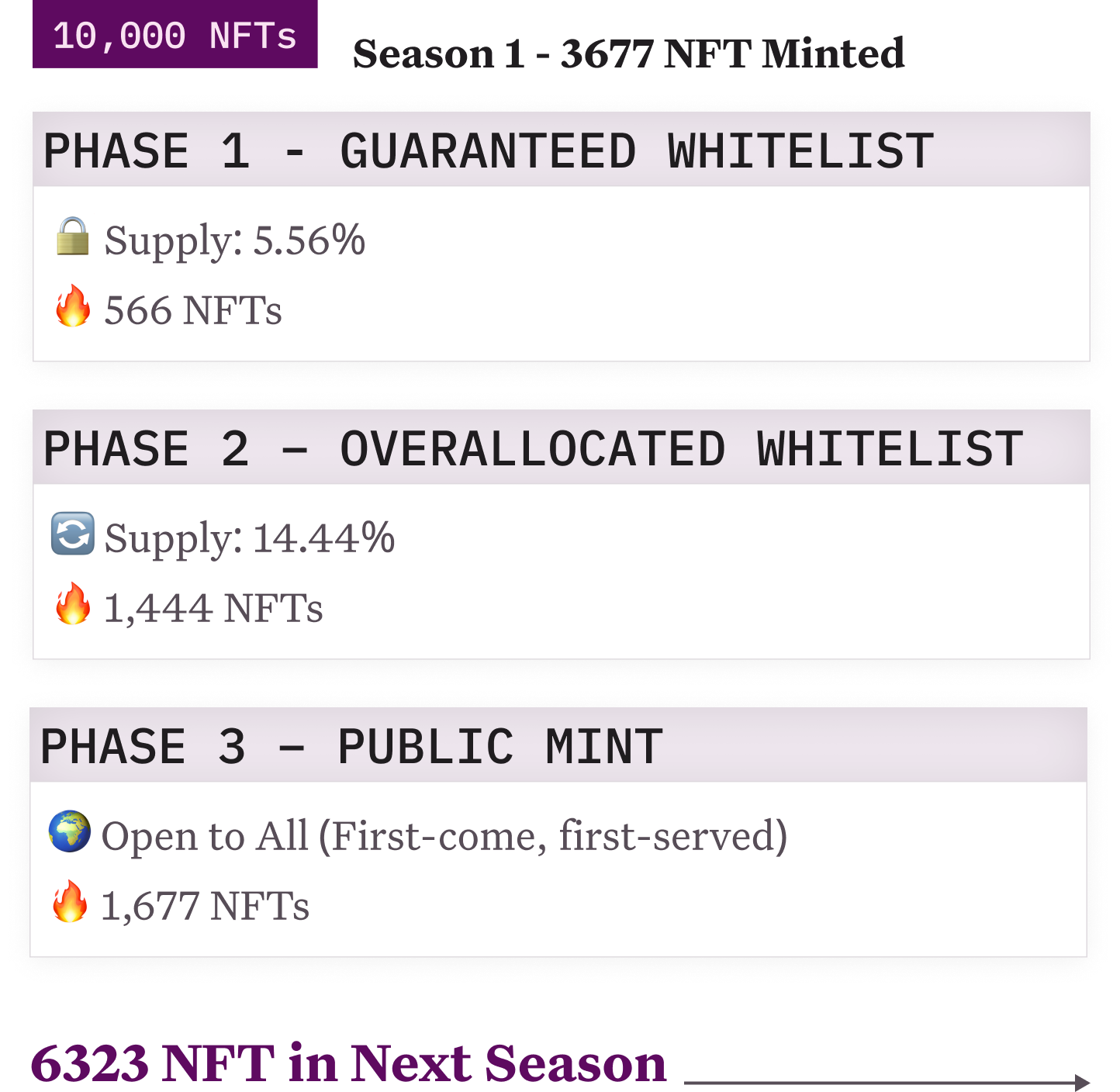

It’s Rome Protocol’s genesis NFT - your on-chain citizenship and role (e.g., Senator, Praetorian, Gladiator). Holders get early access to class-based quests, Drops, leaderboards, partner campaigns, and lore recognition.

Price is 0.753 SOL per mint across all phases (Guaranteed WL, Overallocated WL, Public), plus standard network fees. No Dutch auction or discount tiers.

Mint happens only on the Magic Eden Launchpad (Solana). We'll pin one official mint link and the mint address on X/Discord/website. Recommended wallets: Phantom, Backpack, Solflare. Desktop is preferred; ensure enough SOL for price + fees.

Guaranteed WL (556): 6-hour window, 1 mint/wallet. Standby opens at T+4h if any remain.
Overallocated WL (1,444): 12-hour FCFS window, 1 mint/wallet.
Public (1,677): 24 hours or until sell-out.

Trading opens after the Mint to keep momentum clean. Only use the pinned mint link and published mint address; we never DM links. Double-check creator/collection before signing.